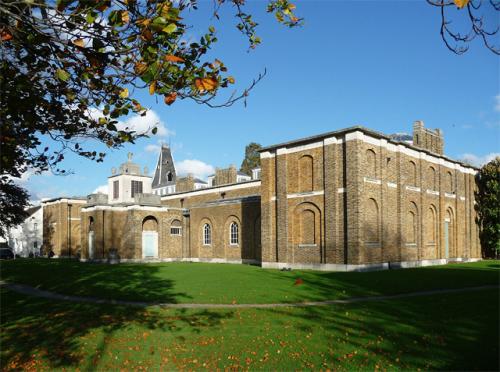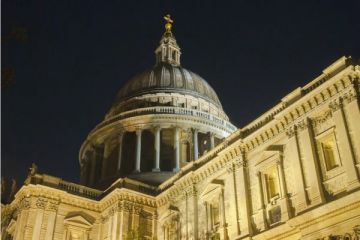
The Dulwich Picture Gallery was the first purpose-built public art gallery in England and opened its doors to the public in 1817. The core of the Gallery collection is formed of European old master paintings from the 17th and 18th centuries.
The gallery is housed in a building designed by one of the most prominent architects of the Regency era, Sir John Soane. Soane's design revolved around a series of linked rooms lit by ambient light from skylights - a design copied by art galleries around the world ever since. The history of how the Dulwich collection came to be, reads like a historical drama.
HISTORY
The collection was amassed by a pair of London art dealers named Sir Francis Bourgeois and Noel Desenfans. The pair were commissioned in 1790 by Stanislaus Augustus, King of Poland, to create a royal collection of European fine art.
Before the collection was complete Stanislaus Augustus had lost his kingdom. Bourgeois and Desenfans attempted unsuccessfully to sell the collection, and following Desenfans's death Bourgeois investigated leaving the art to the British Museum in his own will.
He was put out by the response from the British Museum's trustees, so when he died in 1811 he left the entire collection to Dulwich College. The original collection was further enhanced in 1835 when William Linley left a further bequest of family portraits.
ENTRY
Fee charged for adults. Currently free entry for children and students.
About Dulwich Picture Gallery
Address: Gallery Road, Dulwich, London,
Greater London,
England, SE21 7AD
Attraction Type: Museum
Location: West Dulwich (Orpington line) or North Dulwich underground stations, or P4 bus.
Website: Dulwich Picture Gallery
Location
map
OS: TQ330736
Photo Credit: Stephen Richards, licensed for reuse under the Creative Commons Licence
Nearest station: ![]() Brixton - 1.7 miles (straight line) - Zone: 2
Brixton - 1.7 miles (straight line) - Zone: 2
HERITAGE
 We've 'tagged' this attraction information to help you find related historic attractions and learn more about major time periods mentioned.
We've 'tagged' this attraction information to help you find related historic attractions and learn more about major time periods mentioned.
Find other attractions tagged with:
Regency (Architecture) -
NEARBY HISTORIC ATTRACTIONS
Heritage Rated from 1- 5 (low to exceptional) on historic interest
Horniman Museum and Gardens - 1.2 miles (Museum) ![]()
Cinema Museum - 3.3 miles (Museum) ![]()
Tate Britain - 3.5 miles (Museum) ![]()
Imperial War Museum London - 3.6 miles (Museum) ![]()
Garden Museum - 3.7 miles (Museum) ![]()
Lambeth Palace - 3.7 miles (Historic Building) ![]()
Southwark Catholic Cathedral - 3.7 miles (Cathedral) ![]()
Chelsea Bridge - 3.8 miles (Landmark) ![]()
Nearest Holiday Cottages to Dulwich Picture Gallery:
Leaves Green, Greater London
Sleeps: 6
Stay from: £871 - 3614
More self catering near Dulwich Picture Gallery



